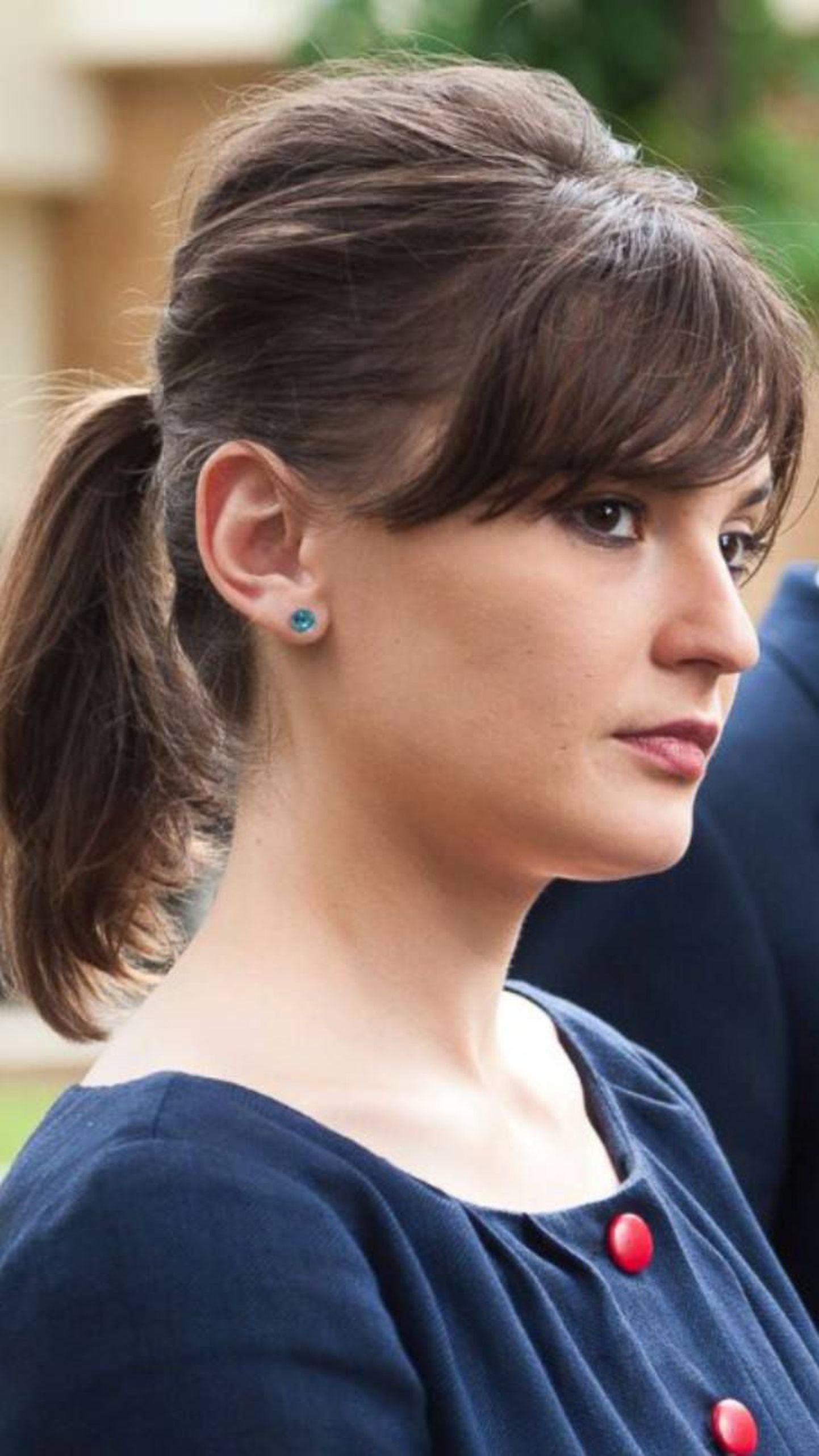Some of you want to see this changed. But if you think the election of your president by the parliament was a messy institutional set up, blurring it even more by converting from a parliamentary to a semi-presidential system in which you popularly elect a president would hardly make you happier.
To begin with, from a legal point of view, such a reform would not make as much of a clarifying difference as you would expect. Sure, you will have a direct say in choosing your president, but what does that amount to? Significant structural change comes with a decision to give major powers to the president alone, independent from the legislative. Examples of such “presidential regimes” are not found in the EU. For some hints at the difference, think about most of the Latin American countries, the USA, former members of the USSR (Kazakhstan, Uzbekistan etc.) and African countries (Rep. of Congo, Ghana etc). A switch from a parliamentary to a presidential republic is an unlikely scenario for a modern European democracy such as Estonia and will not find its way into your debates of Constitutional reform. Deciding to have a popularly elected president would place you among countries such as Austria, France, Finland, Poland, Ireland, Ukraine, Russia, Romania etc.
